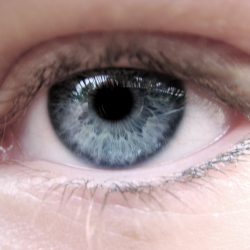
In February, at the International Solid-State Circuits Conference, two teams presented new work aimed at building better-performing and lower-power vision systems that would help aerial robots navigate and aid them in identifying objects, IEEE Spectrum reports:
Drastically lower the power requirement of the feature extractor. That system uses an algorithm to draw out potentially important features like circles and squares from an overall image.
Pare down a traditional feature-extraction algorithm, re-engineering it to work well on a specialized image-processing accelerator and optimizing factors like the number of times a portion of an image is accessed for analysis.
Hardware tricks to cut down on the power usage, such as optimizing shift registers that act as buffers for data that’s in process.
A system-on-chip with 21 image-processing cores. The chip, which has been demonstrated on a toy car and on a four-propeller flying robot called a quadrotor, is capable of distinguishing faces and differentiating between objects and pictures of objects.
